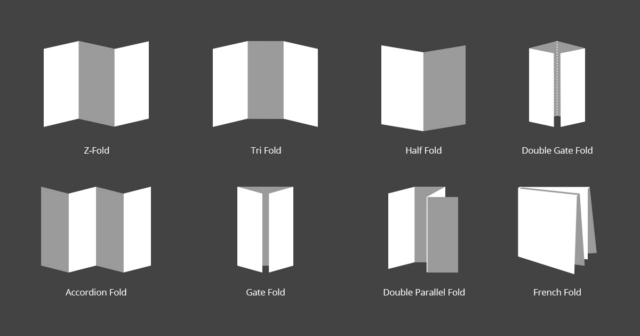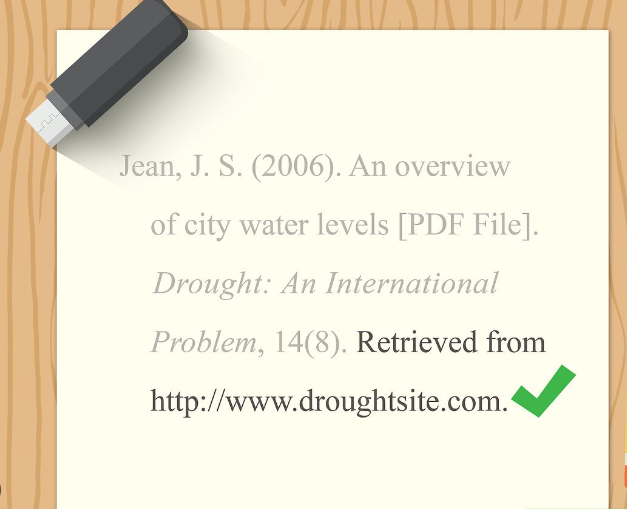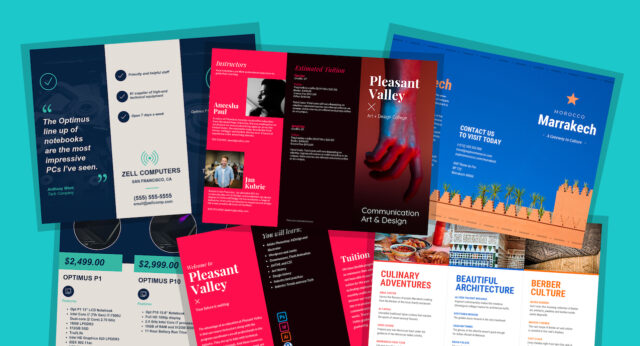
Brochures and pamphlets are classified as “gray literature” in APA Style, which means they are cited in a manner similar to reports. There is a particular way that needs to be followed and kept in mind so that you can achieve the expected results. According to different guidelines, you can easily cite the brochures.
Usually, to cite the brochures, the format that is followed consists of a list of the author (usually a company rather than an individual), the year of publication, the title in italics, “Brochure” (or “Pamphlet”) in square brackets, and the publisher’s name. Leave it out if the publisher’s name is already listed as an author. Further in this article, we will talk about some of the important formats you need to know for citing brochures and making them look perfect and ensure accuracy.
Some Of The Rules And Guidelines For Citing Brochures In Different Formats:

It is important to know about all the rules and guidelines related to the brochures so that you don’t make any mistakes and ensure consistency and standardisation in your work. It is important to get professional guidance on citing brochures so that you can be sure about your work.
Citing A Print Brochure:
First, check out how print brochures are cited in different formats.
APA Style:
Author. (Year). Title of brochure [Brochure]. Place of publication: Publisher.
All this information has to be followed in the same order.
MLA Style:
Author. Title of brochure. Place of publication: Publisher, Year.
Chicago Style:
Author. Title of brochure. Place of publication: Publisher, Year.
All these might look somewhat similar, but the slight difference makes the difference, and you must use it accordingly.
Citing An Online Brochure:

Now online brochures are also made in large numbers, so it is important to know how the brochures are cited in the online medium or if there is any sort of difference that you need to keep in mind and follow in the future.
APA Style:
Author. (Year). Title of brochure [Brochure]. Retrieved from URL
MLA Style:
Author. Title of brochure. Publisher, Year. URL
Chicago Style:
Author. Title of the brochure. Place of publication: Publisher, Year. Retrieved from URL
As you can easily trace the difference from the print one, the addition of the URLs is mandatory, and you must ensure that all the information provided must be checked thoroughly.
Citing A Brochure From A Database:

This one is also important for you to know, and usually, people don’t have a lot of information about it, but these are some of the common guidelines that are followed and need to be considered.
APA Style:
Author. (Year). Title of brochure [Brochure]. Retrieved from Database Name.
MLA Style:
Author. Title of brochure. Publisher, Year. Database Name.
Chicago Style:
Author. Title of brochure. Place of publication: Publisher, Year. Database Name.
Remember to adapt the examples to the specific details of the brochure you are citing, including the actual author, title, publication date, publisher, place of publication, and URL (if applicable). It’s also crucial to consult the specific guidelines of your citation style to ensure accuracy. Even if you are not sure about a particular data that you have to provide in the brochure, then you must get it checked out by the authority and then move forward.
Detailed Information About The Citation:
Now it is important to have detailed information about the citation and formats discussed so you don’t make any mistakes.
Author(s) or Organization:
Identify the person(s) or organization that created the brochure. This could be the name of the author or the name of a company, institution, or government agency. Check out the spelling and words properly so that it is done with precision.
Title:
Enter the title of the brochure here. It should be written in title case and accurately reflect the brochure’s content. What will be covered in the brochure? And what will be reflected in the whole brochure?
Include the year the brochure was published on the date of publication. Include the specific date if it is available. You can substitute “n.d.” (no date) if the brochure lacks a publication date.
Publisher:
Identify the brochure’s publisher. This could be the organization’s or company’s name. If somebody else is the actual publisher, then it needs to be taken into consideration and written in the place of the publisher.
Medium/Format:
Specify the brochure’s format, such as “Print” or “Digital,” to indicate whether it is a physical brochure or an electronic version. It simplifies knowing more about the brochure easily.
Include the location or place where the brochure was published, if applicable. This is usually the city or location associated with the publisher. In some of the styles, it is not a crucial part.
URL (if applicable):
Include the URL or the direct web address where the brochure can be found if the brochure is available online and you accessed it from a specific website.
Why Follow Rules While Citing Brochures?

It is critical to follow the rules for citing brochures in various formats for several reasons:
Accuracy And Integrity:
Citing brochures correctly ensures that you credit the original authors or creators of the content. It recognizes their intellectual property and contributions while encouraging academic integrity and ethical research practices and helps them trust the source they choose.
Verification:
Accurate citations allow others to locate and verify the sources you used in your research. This promotes transparency, ensuring the work they are doing is verified and making it easier for the user to know more about the particular source.
Consistency:
Different citation styles are available to ensure consistency and standardization in academic and professional writing. Following these rules allows for clear communication and makes citations across disciplines and publications easier to understand.
Bottom Line
You can follow all these guidelines and do the work with precision. It’s important to note that the citation format and order will differ depending on your citation styles, such as APA, MLA, Chicago, or Harvard. To ensure accuracy and adherence to the required format, consult the guidelines of your specific citation style.









